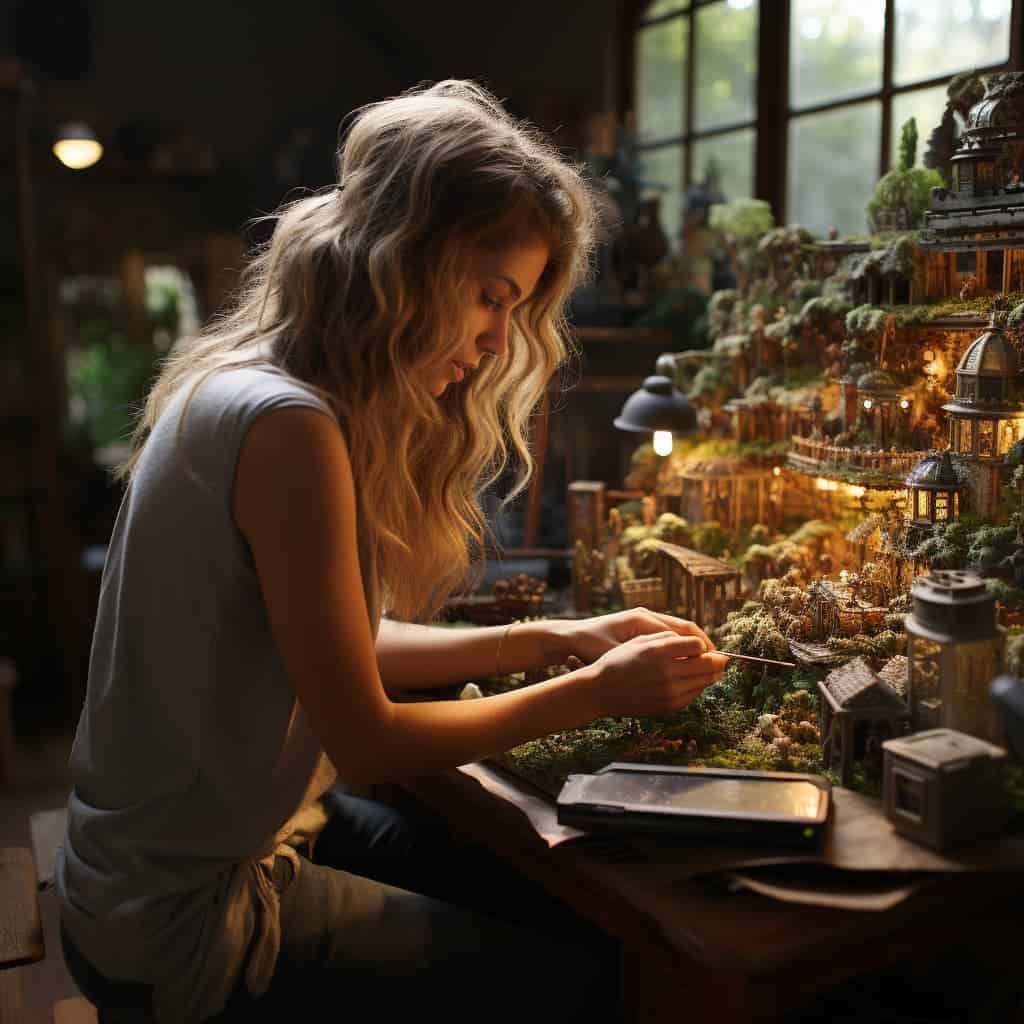Renaissance art, spanning from the 14th to the 17th century, was a period of immense cultural, intellectual, and artistic growth in Europe. It marked a revival of interest in classical Greco-Roman ideals and humanism, leading to significant advancements in various artistic disciplines. Here is an analysis of Renaissance art:
- Humanism and Realism: Renaissance art placed a strong emphasis on the human figure and its realistic representation. Artists sought to capture the naturalistic proportions, anatomy, and expressions of their subjects. The human body was celebrated as a reflection of divine beauty and intellect.
- Perspective and Depth: Renaissance artists developed sophisticated techniques to create a sense of depth and space in their artworks. The use of linear perspective, vanishing points, and orthogonal lines allowed them to construct three-dimensional spaces on a two-dimensional canvas, enhancing the illusion of depth.
- Classical Influence: Renaissance artists looked to the art and architecture of ancient Greece and Rome as a source of inspiration. They studied and emulated classical forms, proportions, and motifs, infusing their works with a sense of classical elegance and harmony.
- Balance and Symmetry: Renaissance art emphasized balance and symmetry in composition. Artists carefully arranged elements within the artwork to achieve visual harmony and create a sense of equilibrium. This symmetrical arrangement often mirrored the human form and reflected the idealized beauty of the time.
- Narrative and Symbolism: Many Renaissance artworks conveyed narratives from religious, mythological, or historical sources. Artists used symbolism and allegory to convey deeper meanings and moral messages. Each element within the composition had symbolic significance, contributing to the overall narrative.
- Chiaroscuro and Sfumato: Renaissance artists perfected the techniques of chiaroscuro (the contrast between light and shadow) and sfumato (subtle blending of tones and colors). These techniques added depth, volume, and a sense of realism to the artworks, creating a soft, atmospheric effect.
- Patronage and Portraiture: Renaissance art was often commissioned by wealthy patrons, including rulers, the clergy, and merchants. Portraiture became an important genre, capturing the likeness and status of the subject. Portraits often showcased the sitter’s wealth, intelligence, and social standing.
- Fresco Painting: Fresco painting, the technique of applying pigments to wet plaster, was widely used during the Renaissance. It allowed for large-scale murals and frescoes that adorned the walls and ceilings of churches, palaces, and public spaces, serving as powerful visual narratives.
- Scientific Observation: Renaissance artists embraced scientific observation and sought to represent the natural world more accurately. They studied anatomy, perspective, light, and optics, incorporating their findings into their artworks for more precise and realistic renderings.
- Experimental Materials and Techniques: Renaissance artists explored new materials and techniques to push the boundaries of artistic expression. They experimented with oil paints, glazes, and various media, as well as new methods of underpainting and varnishing, resulting in vibrant colors and long-lasting artworks.
Renaissance art represents a pivotal period in the history of art, marked by a remarkable fusion of artistic skill, intellectual curiosity, and cultural rebirth. It continues to captivate audiences with its beauty, technical mastery, and profound exploration of human potential and the world around us.

